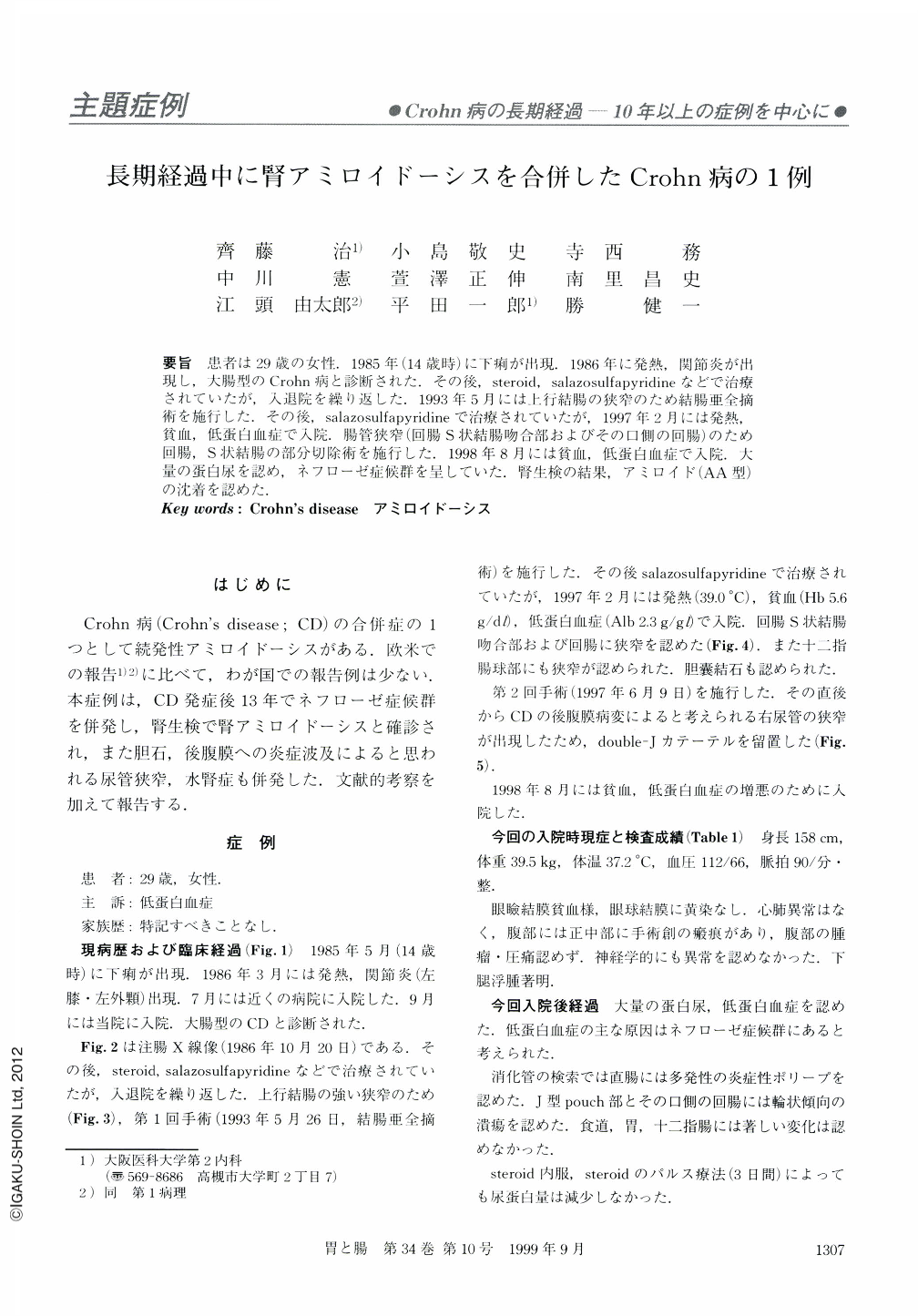21 0 0 0 OA 車掌の口、乗客の耳 : 車内放送のメディア文化史
- 著者
- 小勝 健一
- 巻号頁・発行日
- 2010-03-25
This paper aims to analyze the history of announcement in trains in Japan and show the transformation of "how to speak/vocalize" and "how to hear/listen" by referring to resources such as newspapers, magazines and books that were written by "Ear-witness" all over the country.From 1920’s to 1950’s, radio broadcasting device for in-car announcement had been equipped with trains in Japan. Since then, it has been used for multiple purposes; letting passengers know its direction, name of the next station, side of the opening doors, encouraging them to have good manners inside a car, advertising the new products of railway companies etc... At the same time, it has caused disputes among people hearing it; some appreciating its convenience and courtesy as part of the new service, and others annoyed with repetitious, monotonous, wordy buzz of speech from overhead speakers. This paper, using the methods of media studies, reveals the history of in-car announcement and establishes the steps to examine the role of "miscellaneous broadcasting” in modern society.I first argue how publicity and communication in urban traffic are constructed in terms of sociology. Secondly, I illustrate changes of orality in both speakers (conductors) and listeners (passengers) through a comparison of broadcasting contents and reactions to them between before-and-after Privatization of Japan National Railways (1987). Finally, I clarify the relationship among three actors; train conductors, passengers and in-car announcement device in order to draw changes in body techniques (acquisition of the technique of “half-listening” in particular) affected by cost-efficiency-centered, laborsaving and service-oriented way of railway management after the Privatization.This is a study of “cultural noise,” or public sound by loud speakers, which has been paid minor attention to in modern Japanese soundscape.
1 0 0 0 長期経過中に腎アミロイドーシスを合併したCrohn病の1例
- 著者
- 齊藤 治 小島 敬史 寺西 務 中川 憲 萱澤 正伸 南里 昌史 江頭 由太郎 平田 一郎 勝 健一
- 出版者
- 医学書院
- 雑誌
- 胃と腸 (ISSN:05362180)
- 巻号頁・発行日
- vol.34, no.10, pp.1307-1312, 1999-09-25
要旨 患者は29歳の女性.1985年(14歳時)に下痢が出現.1986年に発熱,関節炎が出現し,大腸型のCrohn病と診断された.その後,steroid,salazosulfapyridineなどで治療されていたが,入退院を繰り返した.1993年5月には上行結腸の狭窄のため結腸唖全摘術を施行した.その後,salazosulfapyridineで治療されていたが,1997年2月には発熱,貧血,低蛋白血症で入院.腸管狭窄(回腸S状結腸吻合部およびその口側の回腸)のため回腸,S状結腸の部分切除術を施行した.1998年8月には貧血,低蛋白血症で入院.大量の蛋白尿を認め,ネフローゼ症候群を呈していた.腎生検の結果,アミロイド(AA型)の沈着を認めた.
- 著者
- 塩崎 道明 竹田 喜信 勝 健一
- 雑誌
- 膵臓 = The Journal of Japan Pancreas Society (ISSN:09130071)
- 巻号頁・発行日
- vol.12, no.1, pp.17-22, 1997-02-25
- 参考文献数
- 20
- 被引用文献数
- 1
